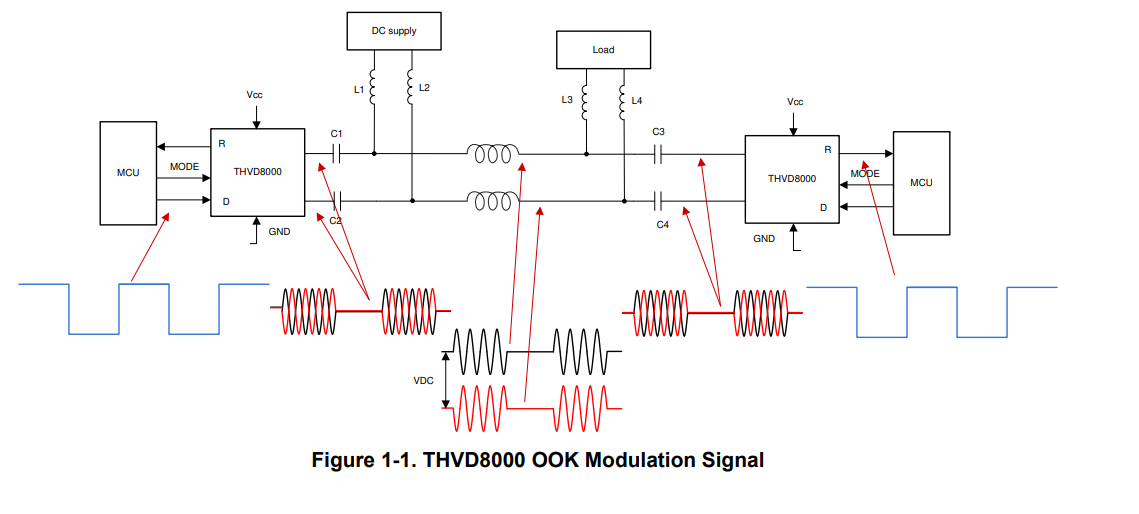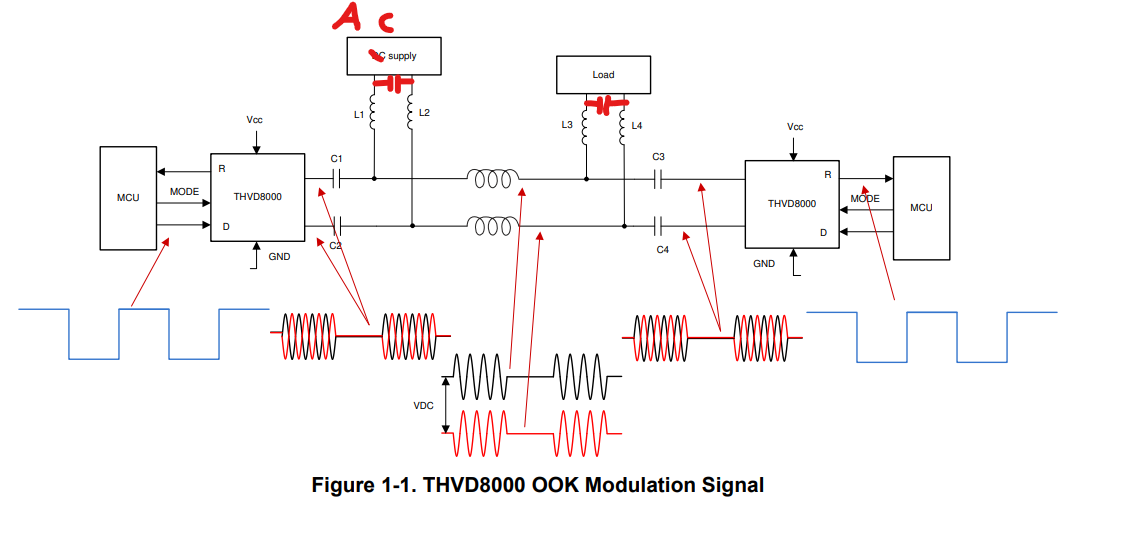Tool/software:
Hi experts,
I want to know the input impedance of THVD8000 in receive mode. As I know the RS485 related standard specifies unite load of 12kohm. May I think the input impedance of device in receive mode should be >12kohm? (@5MHz fc).
Another question, considering the input is AC coupled, is it necessary to design a bias network to bias A/B input to a known DC level?
Thank you!
John



